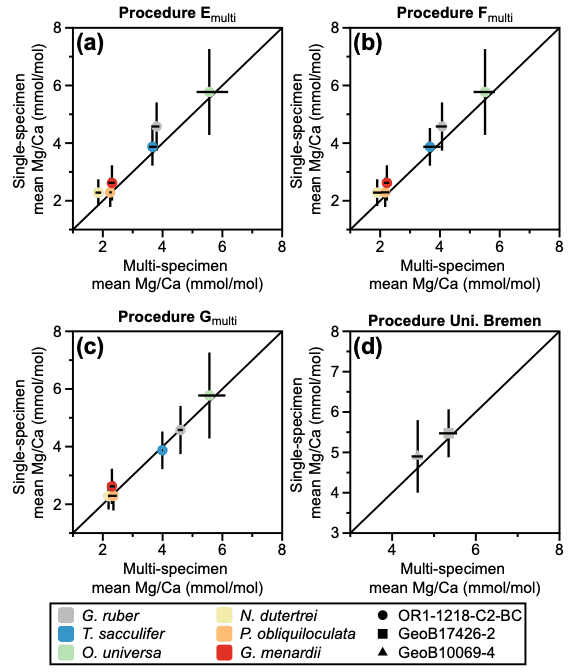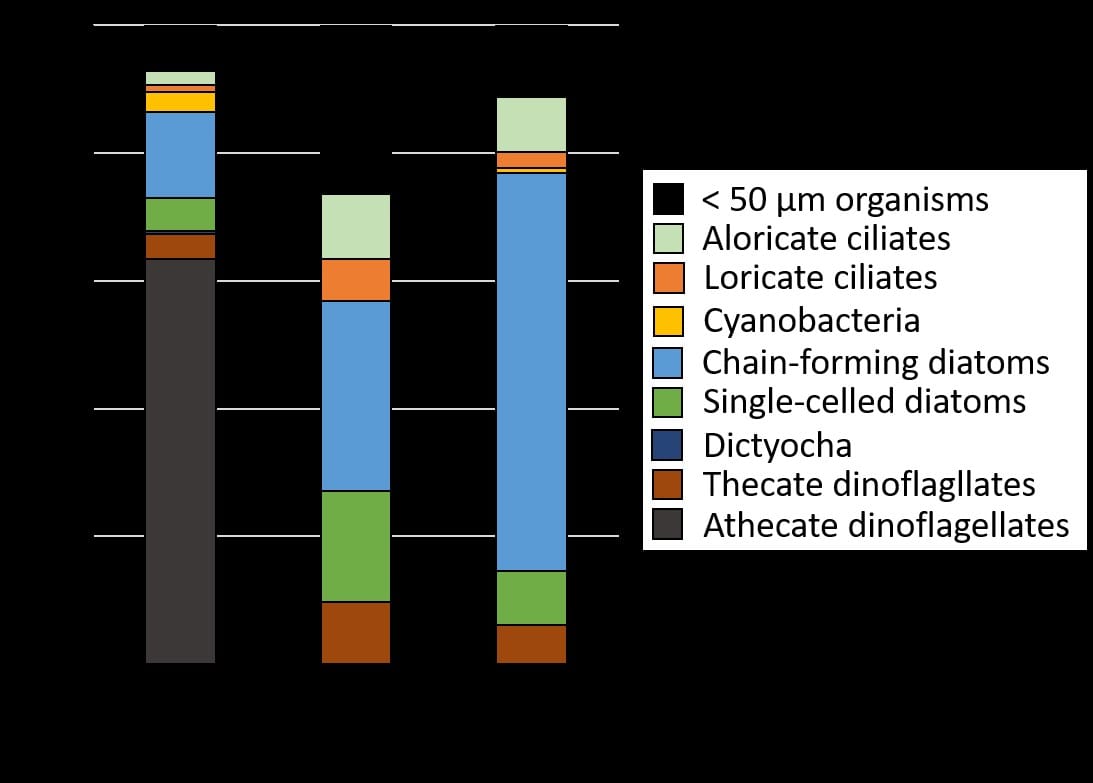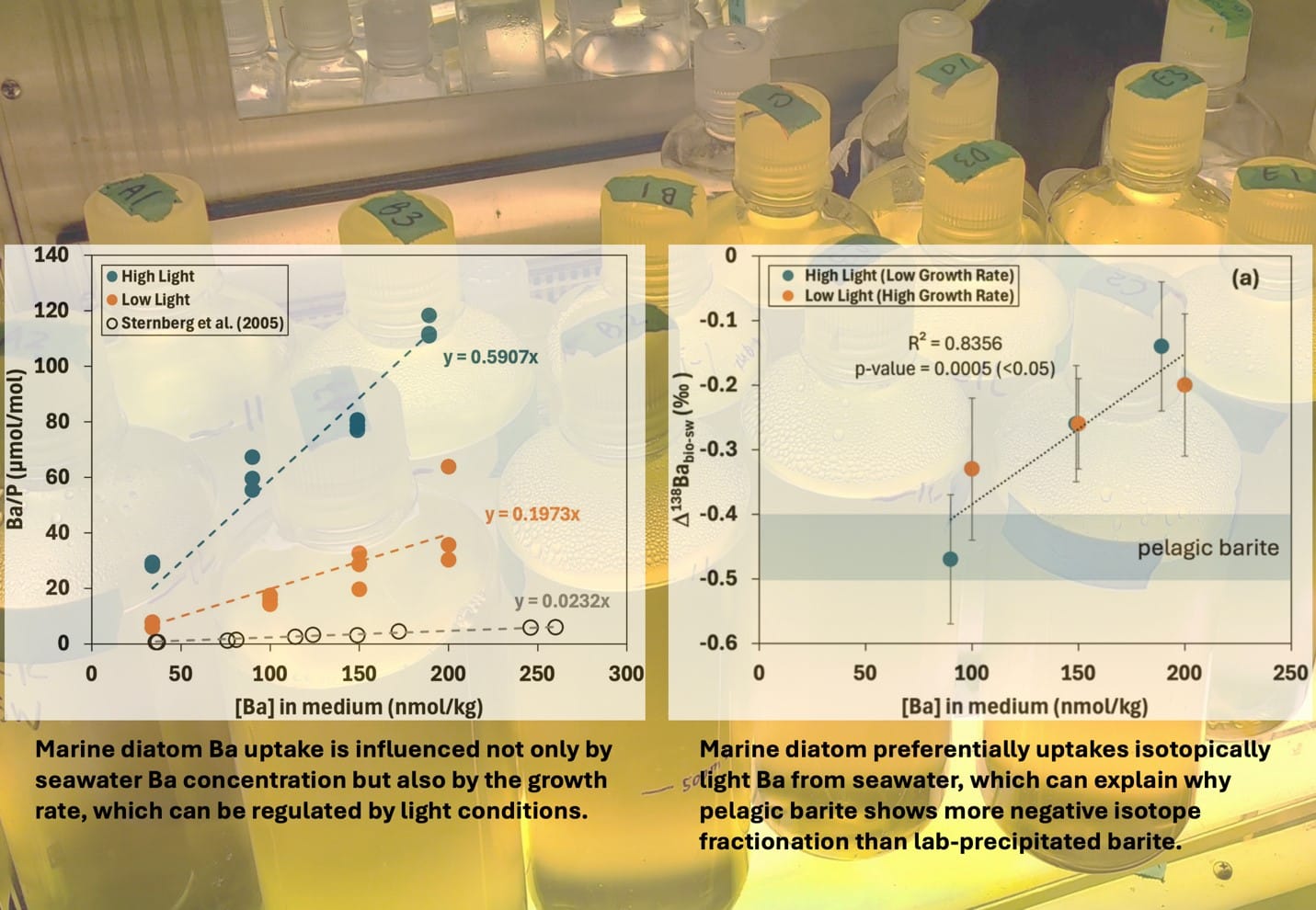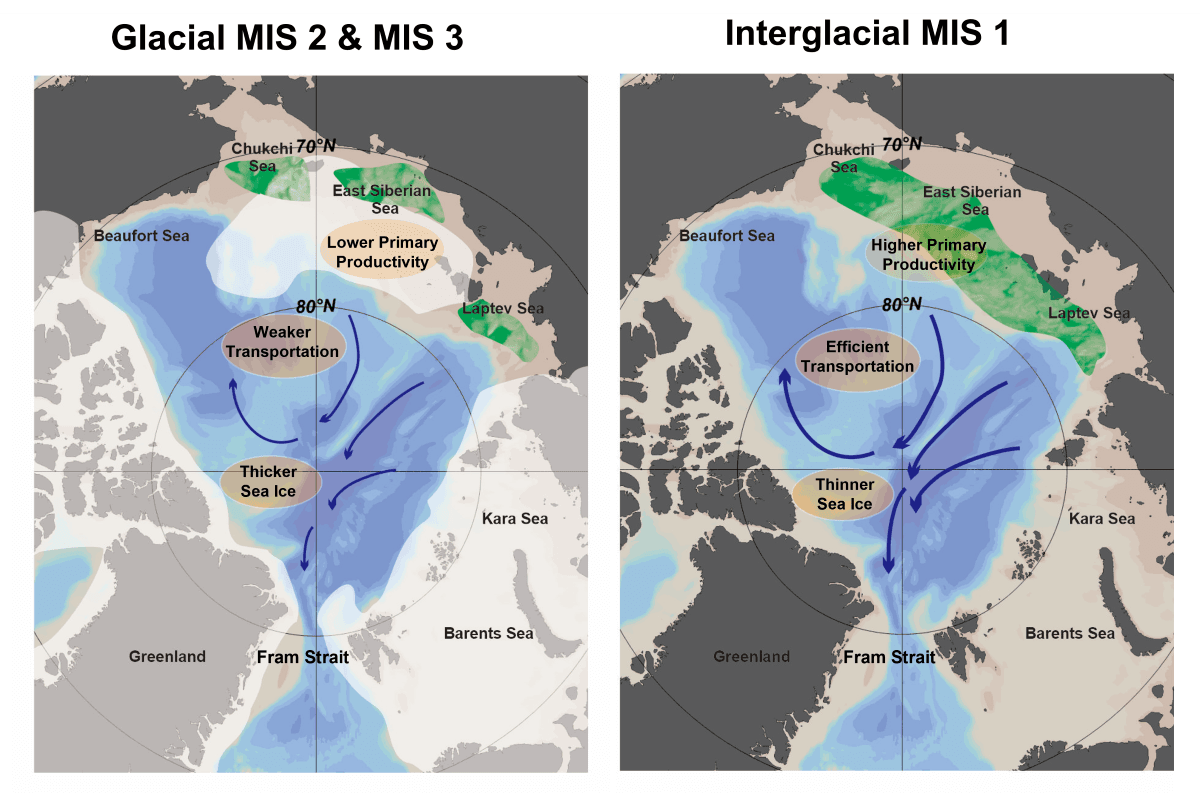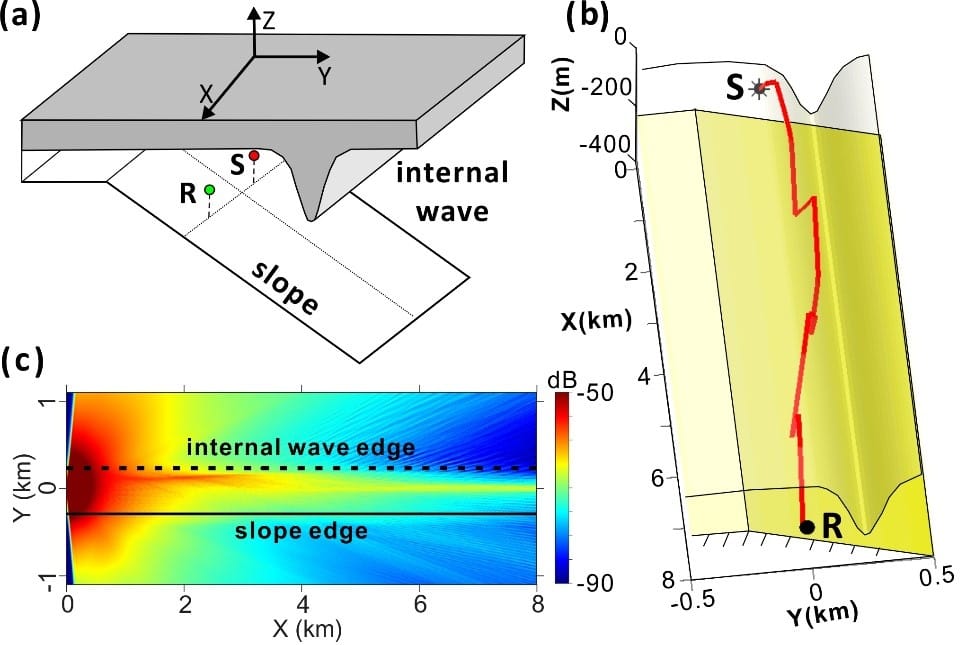Speaker:林卉婷 副教授 (臺大海洋所)
Title:Biogeochemistry of submarine hydrothermal vents: the stinky Kueishantao vents.
Time:10/25 (Tue) 13:20~14:20
Location:大氣系B105教室
海洋所海化組與臺大大氣所聯合專題討論課
開放同步線上上課:(使用Google Meet)
https://meet.google.com/aqo-wafo-zua
Hydrothermal vents are geothermally heated water discharging from fissures on the ocean seafloor. Most of the hydrothermal systems are indicative of nearby volcanic activities or magma chambers underneath. Water-rock-volcanic gases interacting with the recharging seawater leads to changes in the hydrothermal fluid compositions. Removing dissolved oxygen in seawater and adding reducing species to the hydrothermal solutions are commonly observed. The Kueishantao hydrothermal vents, located only about 12 km away from Taiwan Island, send sulfide-rich milky white hydrothermal plumes (>100 °C) to the ocean. The sulfide makes the seawater, and the air stinks. The sulfide provides external energies to fuel a unique hydrothermal plume community. Quantifying the sulfide concentrations and characterizing the sulfide consumption rates help reveal the energy flow and biogeochemical processes. Here, we modify analytical methods to allow the analysis of sulfide concentration variation over three orders of magnitudes. We found that the turbidity of the white plume is highly correlated with sulfide concentrations, making the ocean color a good way to approximate the seawater sulfide contents. Quantifying the sulfide oxidation rates provides a sense of how active the sulfide oxidizers are in the environment, making the sulfide and dissolved oxygen concentration relationship for the plume water a good tracer for knowing how “aged” the plume is. The stinky shallow hydrothermal vents in Kueishantao are a good way for us to learn about deep-sea submarine hydrothermal systems. We aim to go deeper and will soon be able to investigate the deep-sea vents near Taiwan with the assistance of remotely operated vehicles and deep-sea landers.

